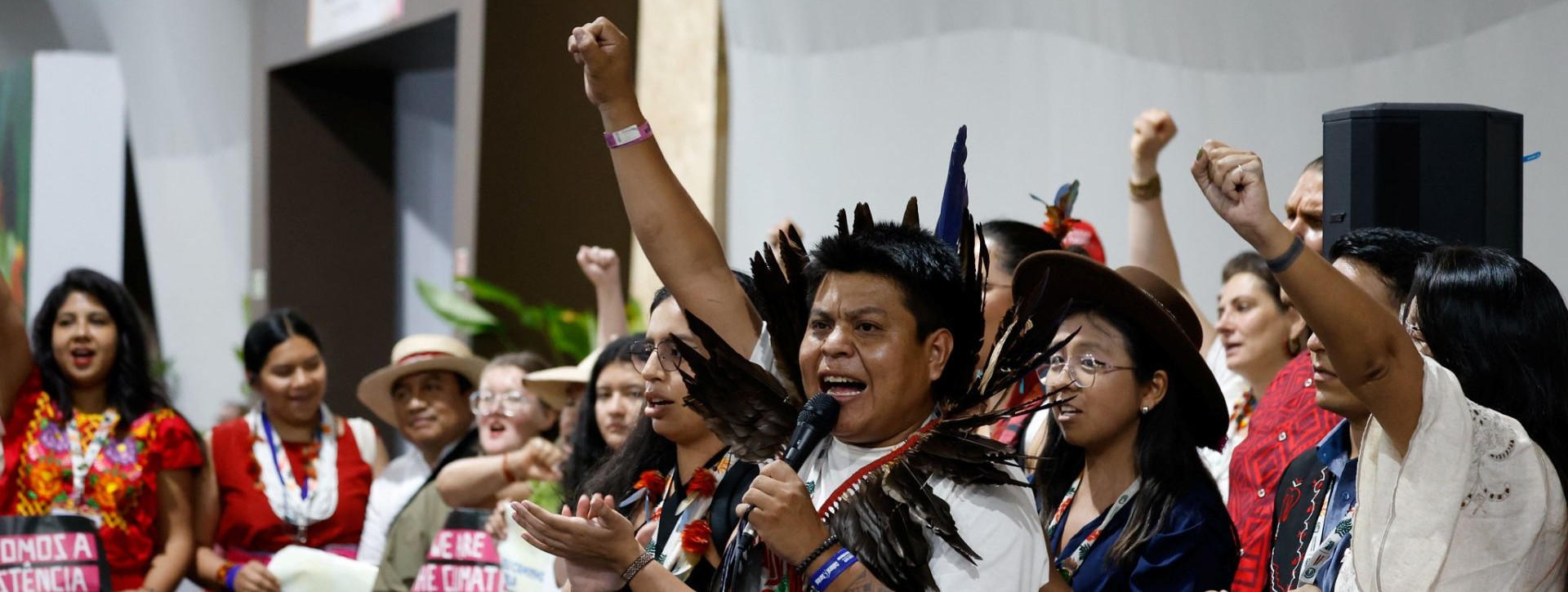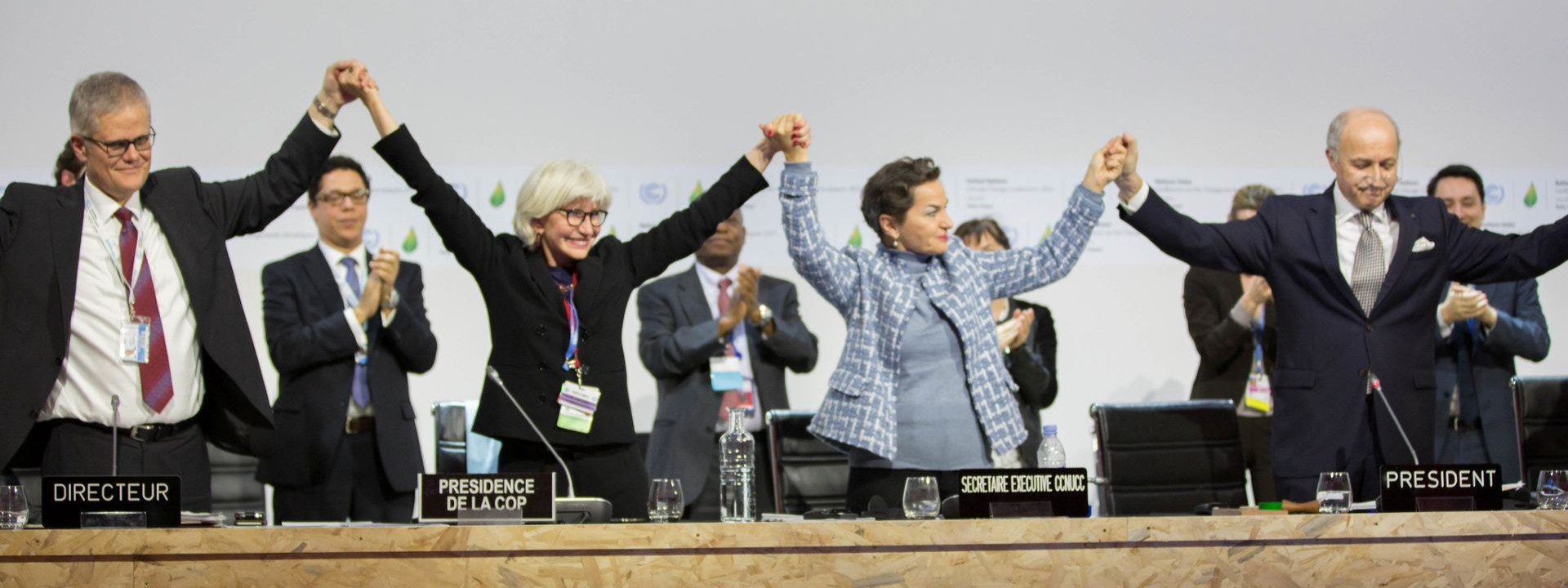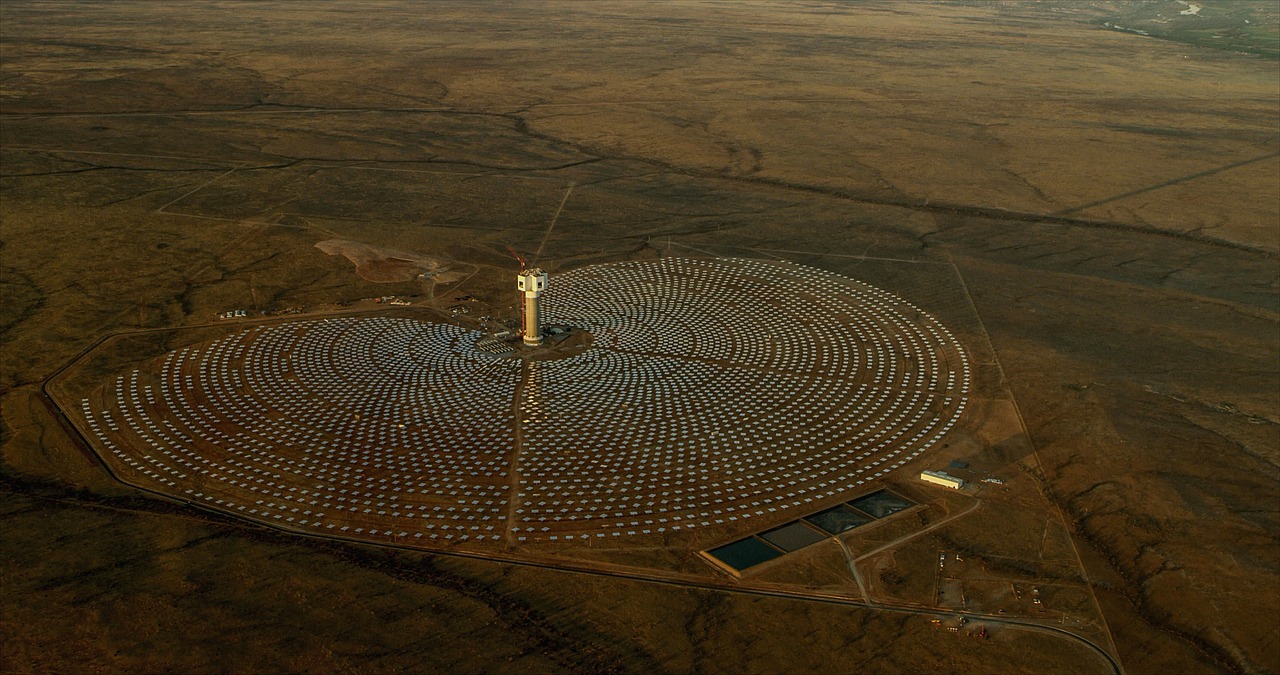
Brasília (Oct 28 – Nov 1, 2025) – Just a few weeks before COP30, Brazil acted as another important gathering place for the first-ever Latin America and Caribbean week-long Assembly hosted by the Global Landscapes Forum. More than 30 community landscape leaders and restoration practitioners gathered in Brasília, Brazil’s capital, to discuss environmental policy, just societies, centering the voices of Indigenous Peoples and embracing the ubiquitous Latin American sentiment of “buen vivir” or living well.
What is special about the GLF community and action assemblies is that they are not conferences. This was clear in Brasília, where only a few sessions were centered around a stage and speaker, with the majority of events and activities being participatory drawing and ideating conversations or circular panels where all are invited to speak. Interconnection was at the heart of the assembly, a week-long space of sharing challenges, successes and ideas forward in land restoration.
One such moment of circular sharing came during an intergenerational panel where youth shared their new visions and hopes while more senior folks grounded the conversation in remembering that before colonialism, their people had deep roots of happiness and wisdom across Latin America. In such an open, inviting space, many ideas arose, including the need for ethical use of new technologies, the importance of investing in family – another emblematic unifier across the continent – and continuing to address how women are disproportionately impacted by the climate crisis by spreading awareness at the community level.
Daniela Daza of GLFx San Rafael in Colombia posed the question: “We must ask ourselves, where do we find our strength?”

This question hovered as the week drew on, as folks envisioned degraded landscapes being healed into thriving spaces. Spaces with decentralized small businesses, repaired habitats where biodiversity thrives and Indigenous People can legally tend to their land. Spaces of citizen participation and locally-led land management help reduce the impacts of disasters like fires and floods. Spaces to support local foods and goods and to stop greenwashing and instead guarantee dignity and wellbeing at the local level.
After two activity-filled days hosted at the World Wildlife Forum (WWF) office in Brasília, we all spent a day at Brasília’s botanical garden. There, several Indigenous Peoples and representatives from traditional communities, such as the Quilombola people, shared their lived realities (see photos below):




Participants then mapped their ideal future landscapes, touching on themes of family, security, regenerative economies, sovereignty, horizontal governance and holistic health.
***
Stay tuned for a three-part series on the future visions of African, Asian and Latin American landscapes being published on ThinkLandscape in the new year!
No GLF Assembly would be complete without, of course, being out in the field seeing restoration and conservation firsthand. On the final day of the assembly, we drove an hour through the Cerrado Savanna, the most biodiverse savanna in the world!
We spent the day at the local association APROSPERA, part of the Landless Workers’ Movement (MST) – the biggest agrarian land reform movement in Latin America.
Vinicius Santos of APROSPERA led us through part of the land their initiative has been restoring, pointing out native versus invasive grasses. He explained the significance of nearly 200 families working together to conserve more than 2,000 hectares of the Cerrado while also sustainably farming to earn a livelihood.
Emilene Santos de Paiva & Marie Luzinete Alves Santos shared with us some locally sourced foods and explained the importance of collecting and preserving native seeds and species to preserve biodiverse foods, boost soil health and diversify their income.
We also learned about their CSA box program to connect local farmers with city buyers – a win-win for folks to try native, diverse foods and have local farmers directly profit.
Overall, it was a powerful, engaging and transformative week centered on the power of communities and weaving webs of interconnection, wisdom, leadership and rooted in resilience, hope and buen vivir.














Share your thoughts with us